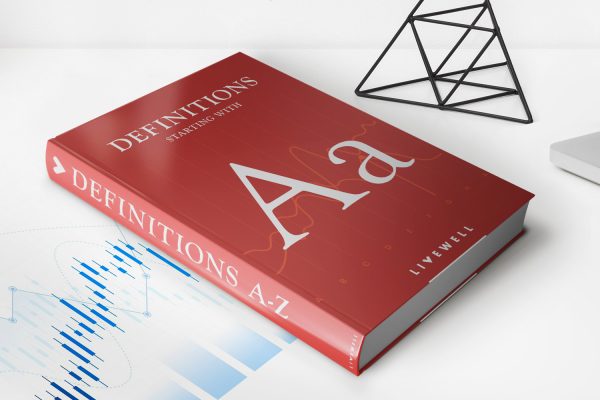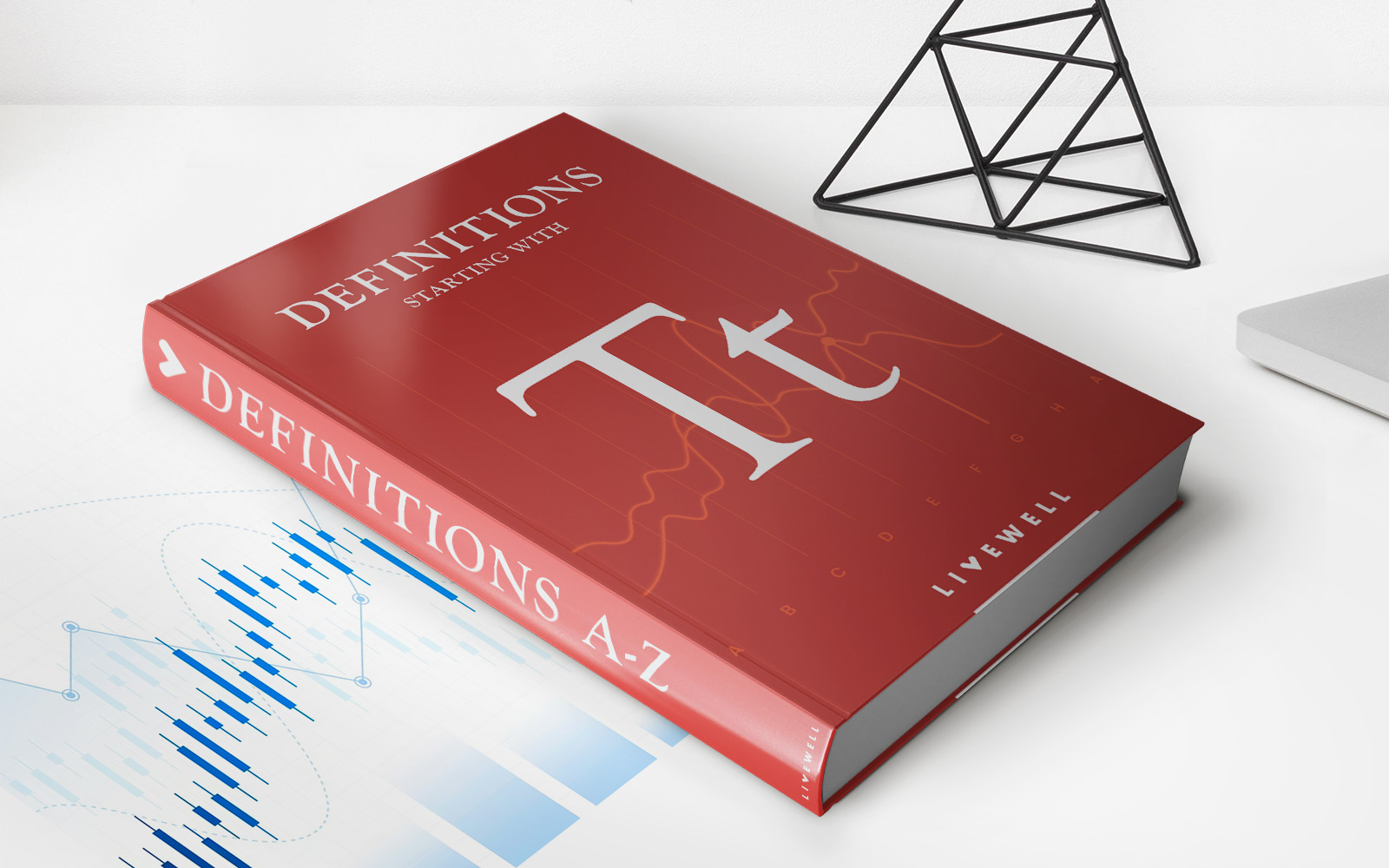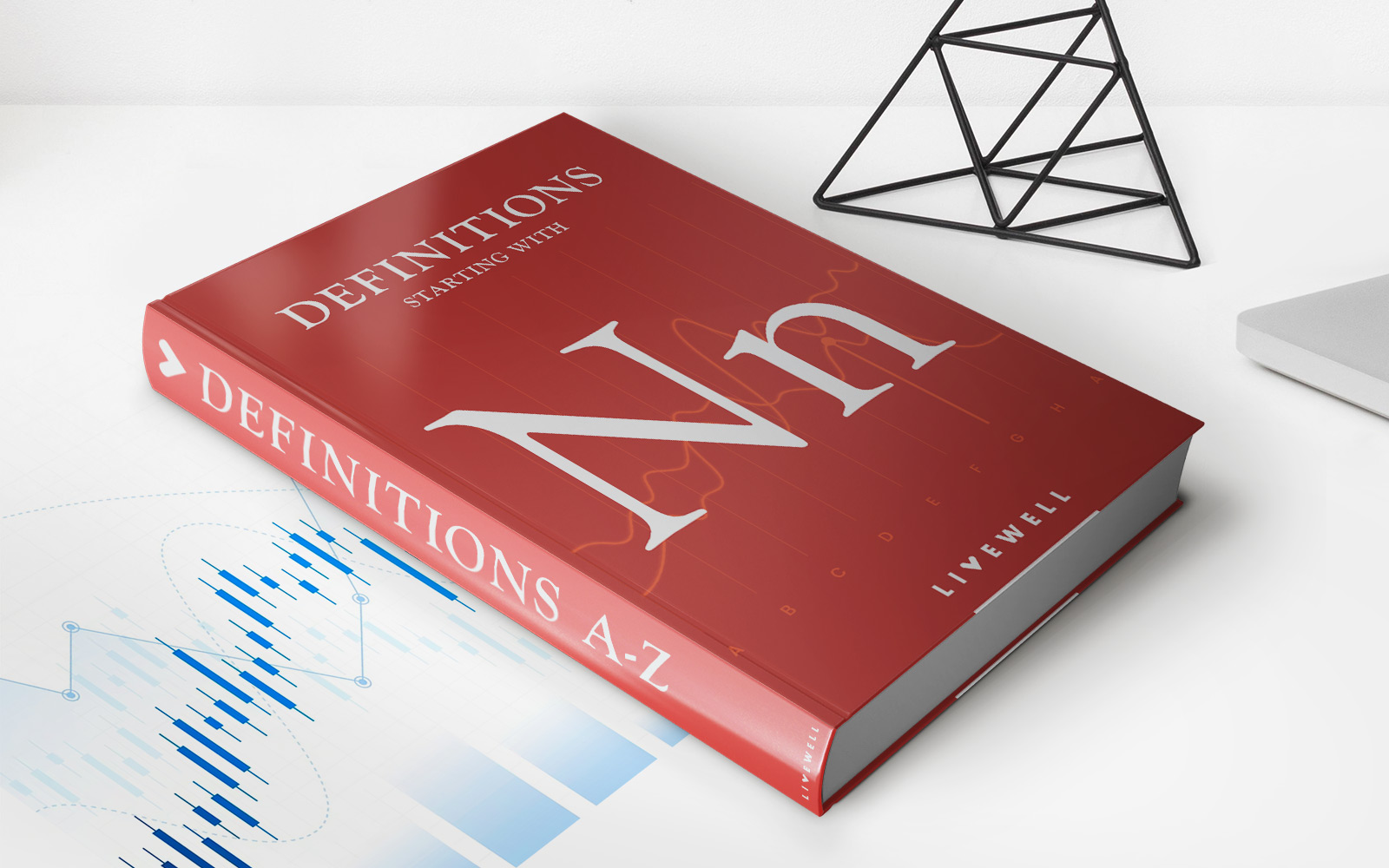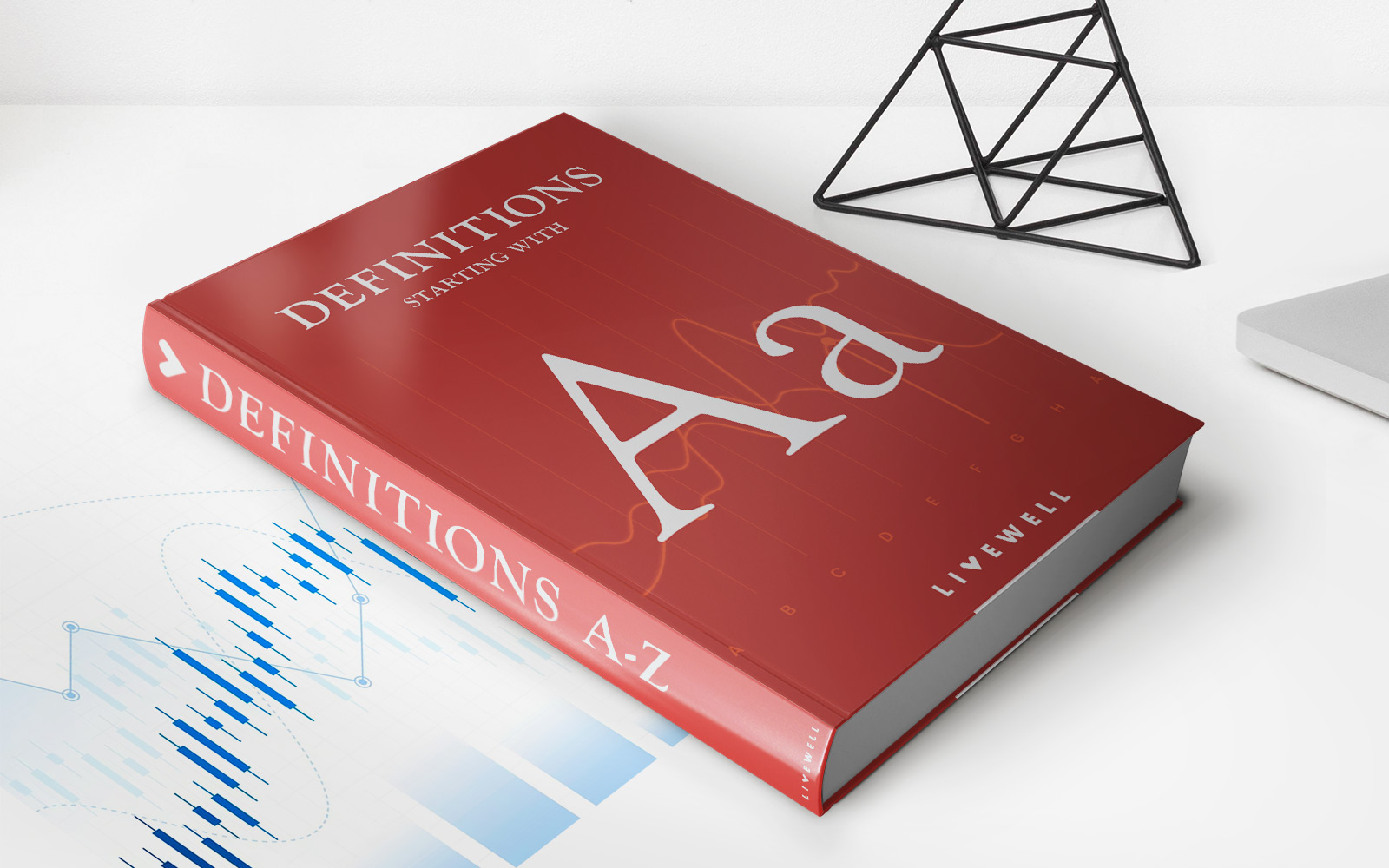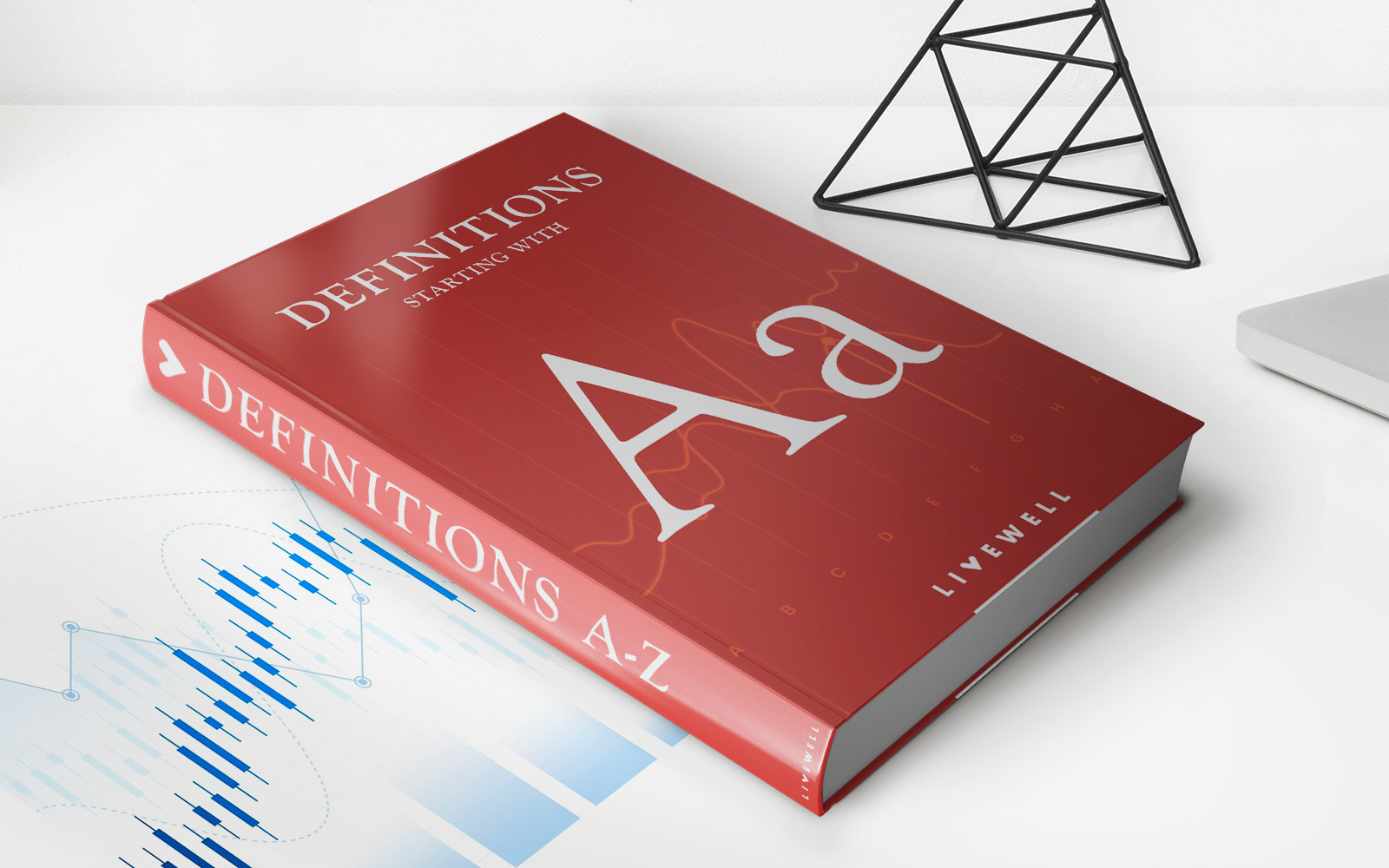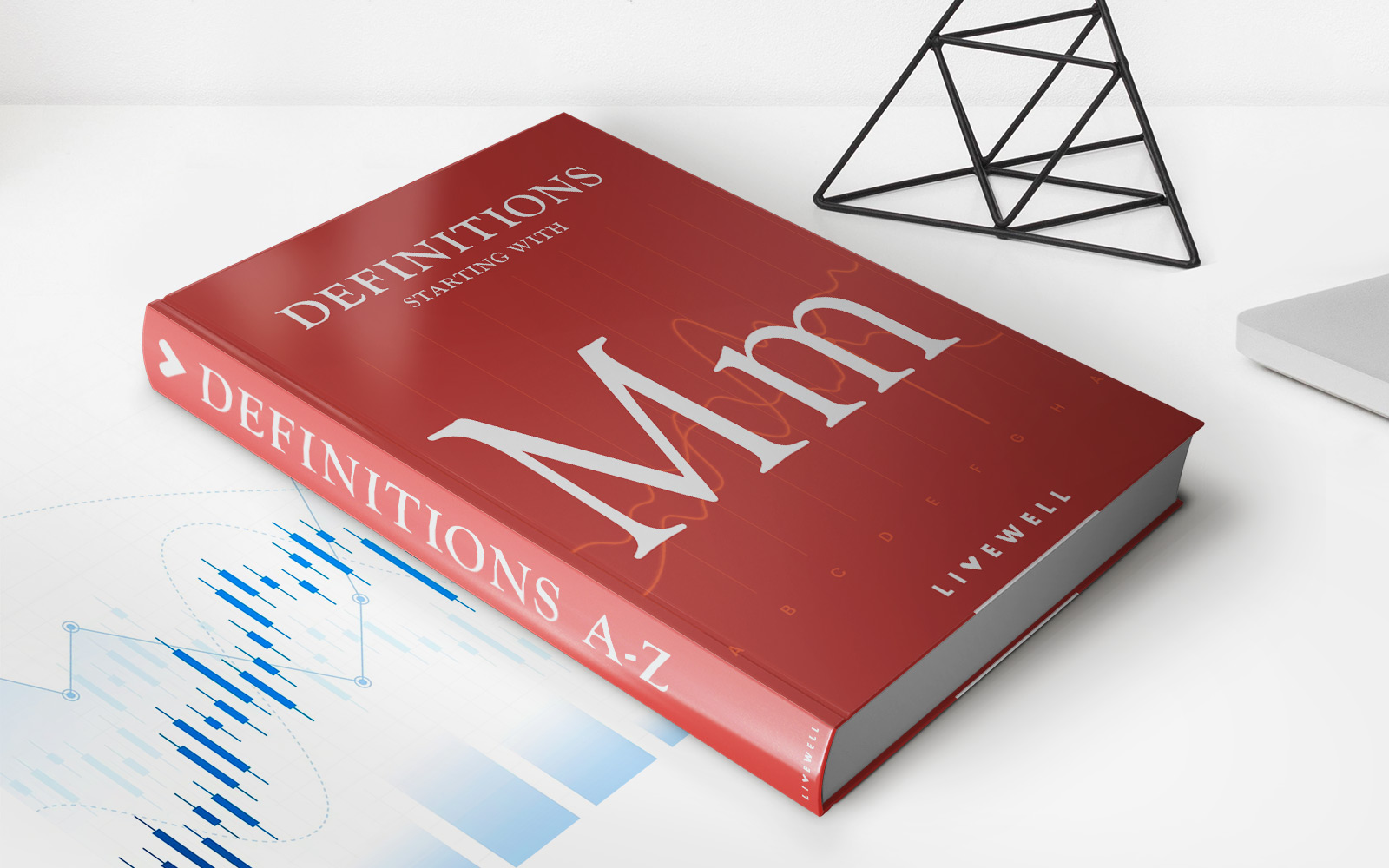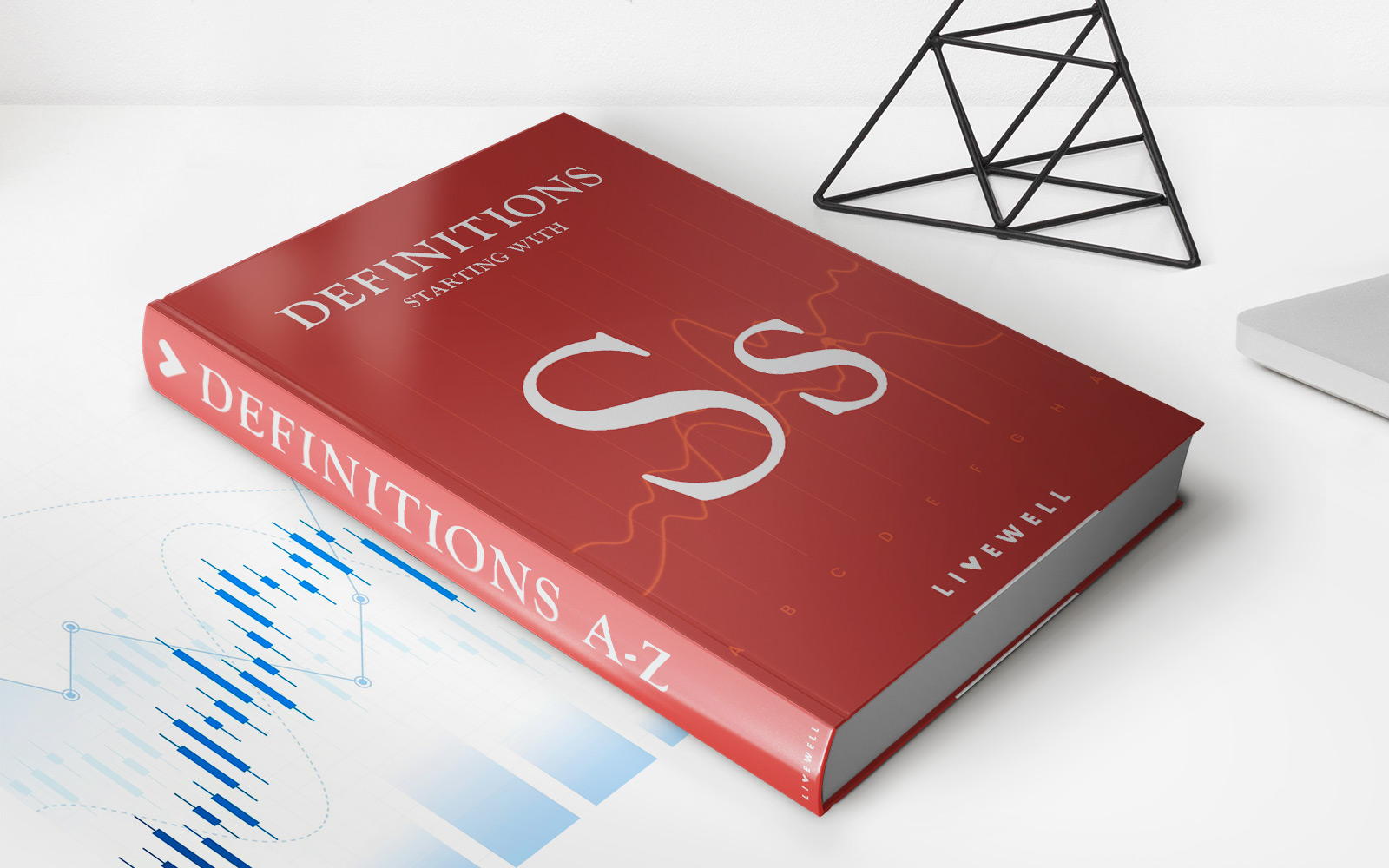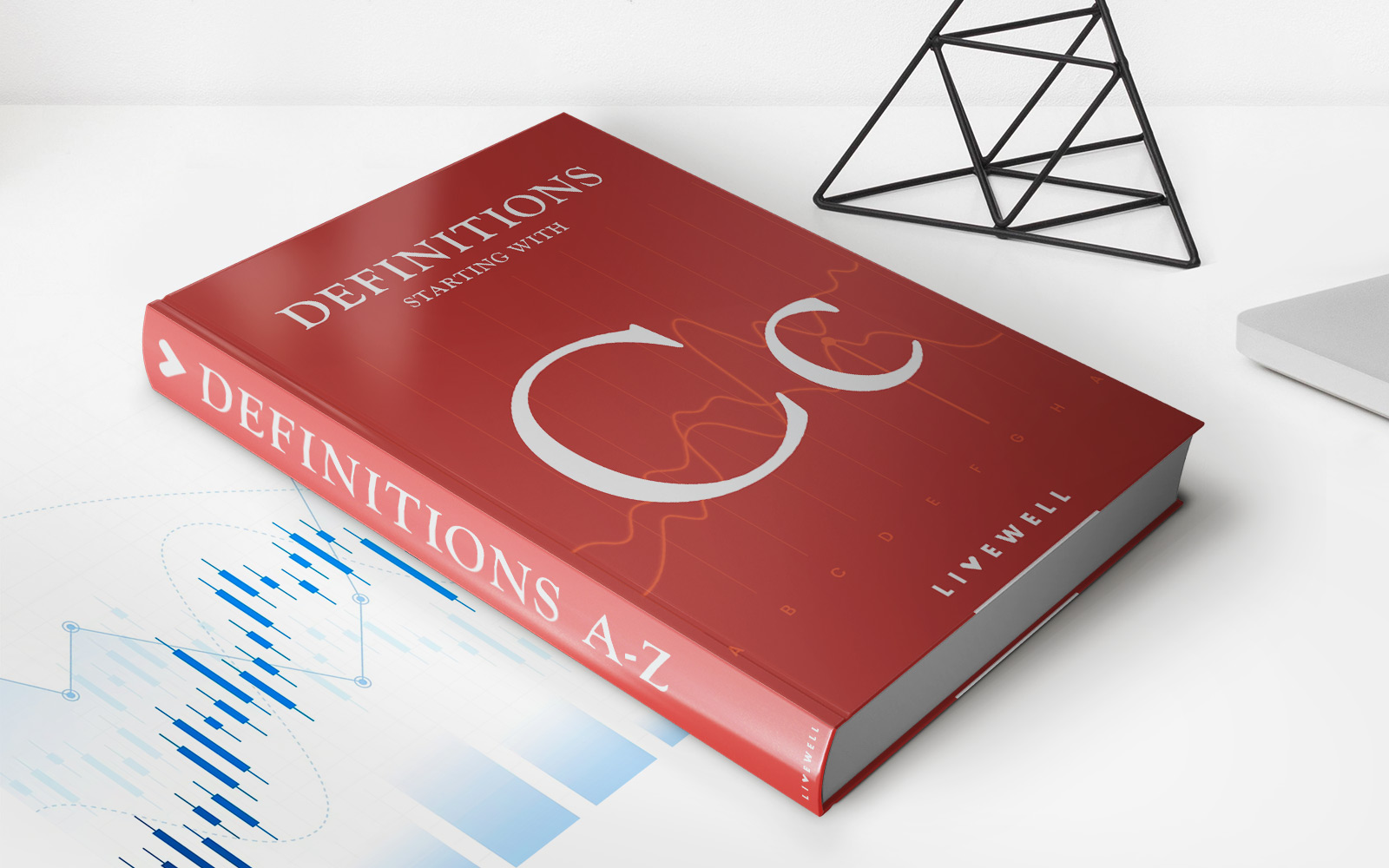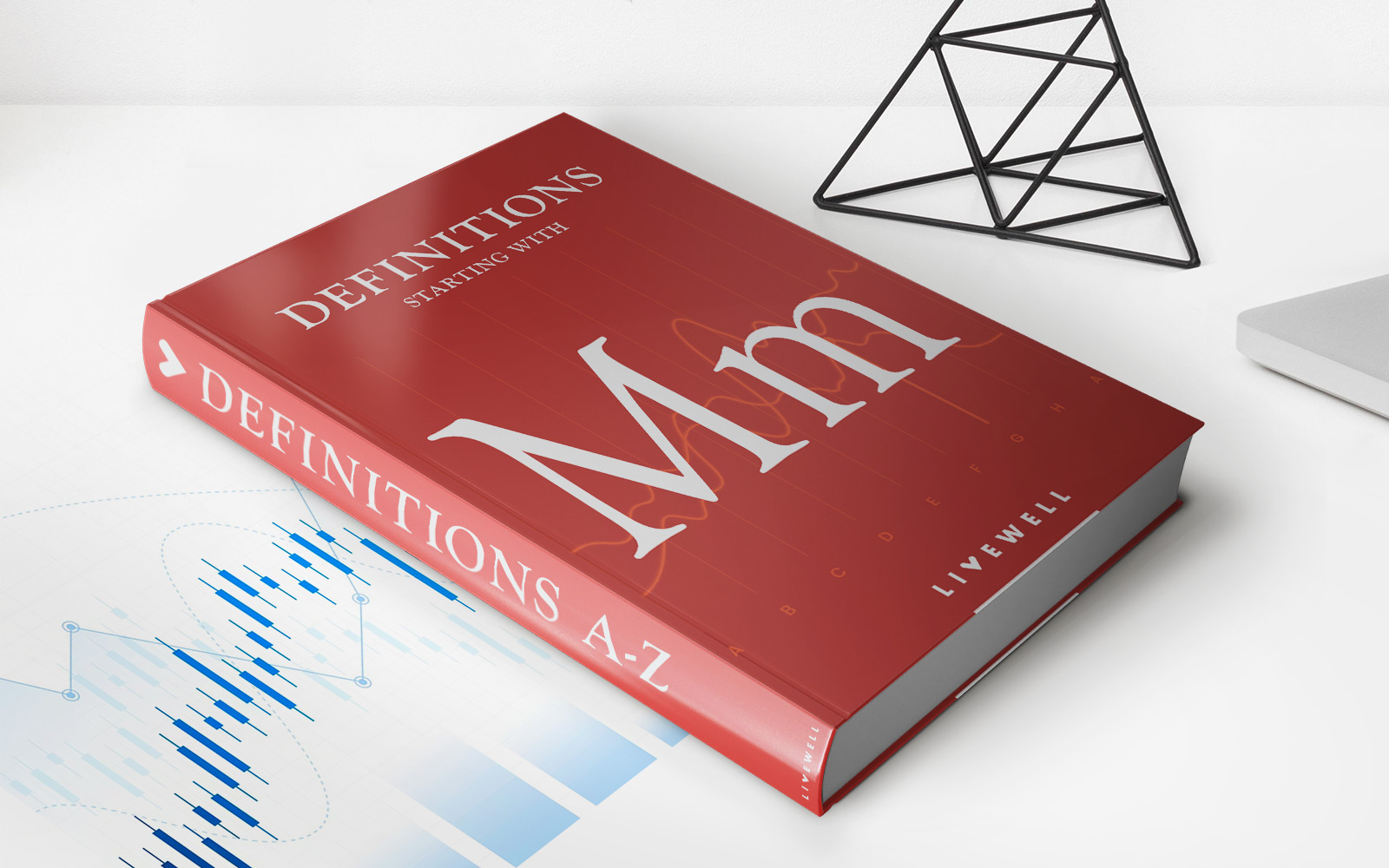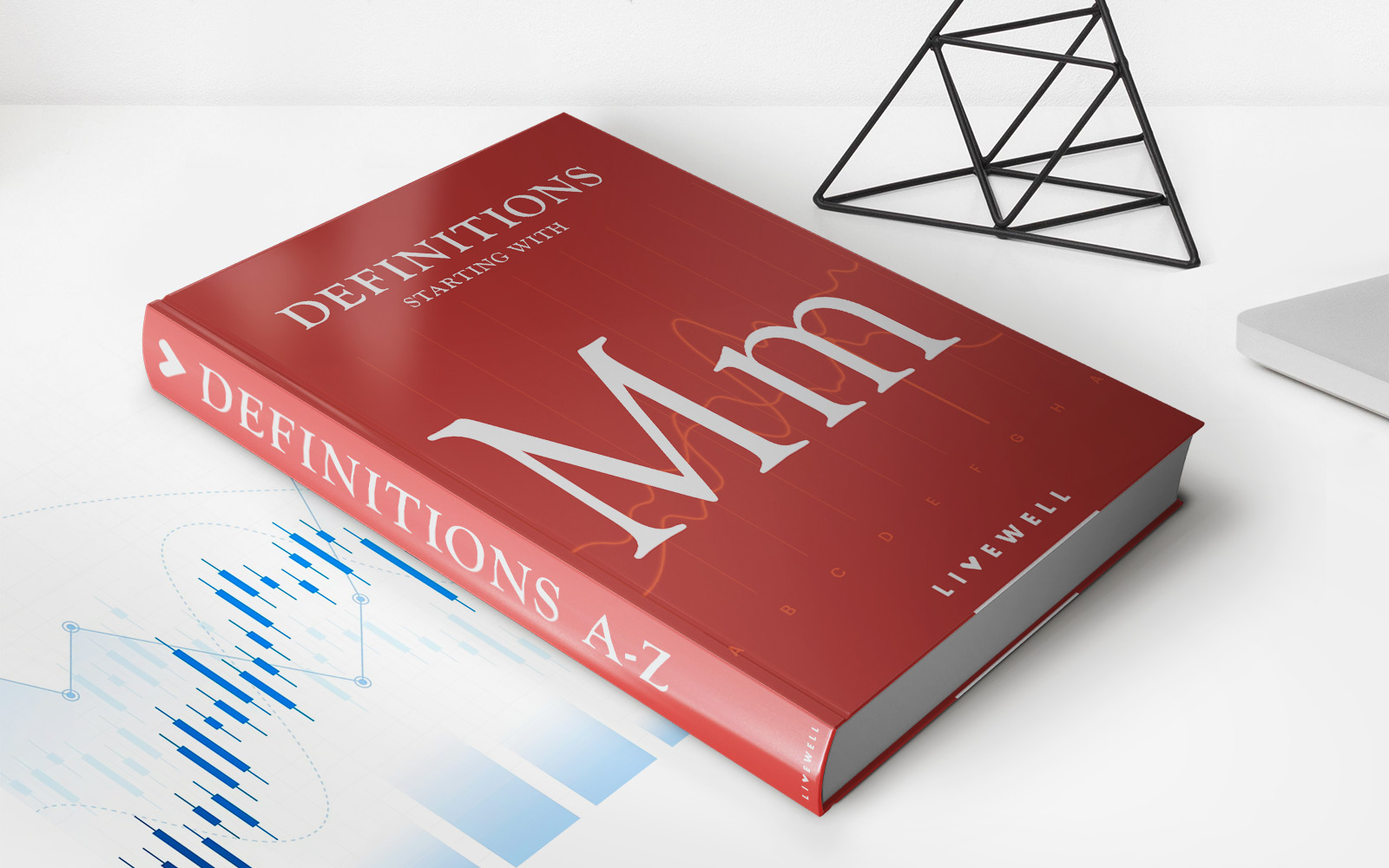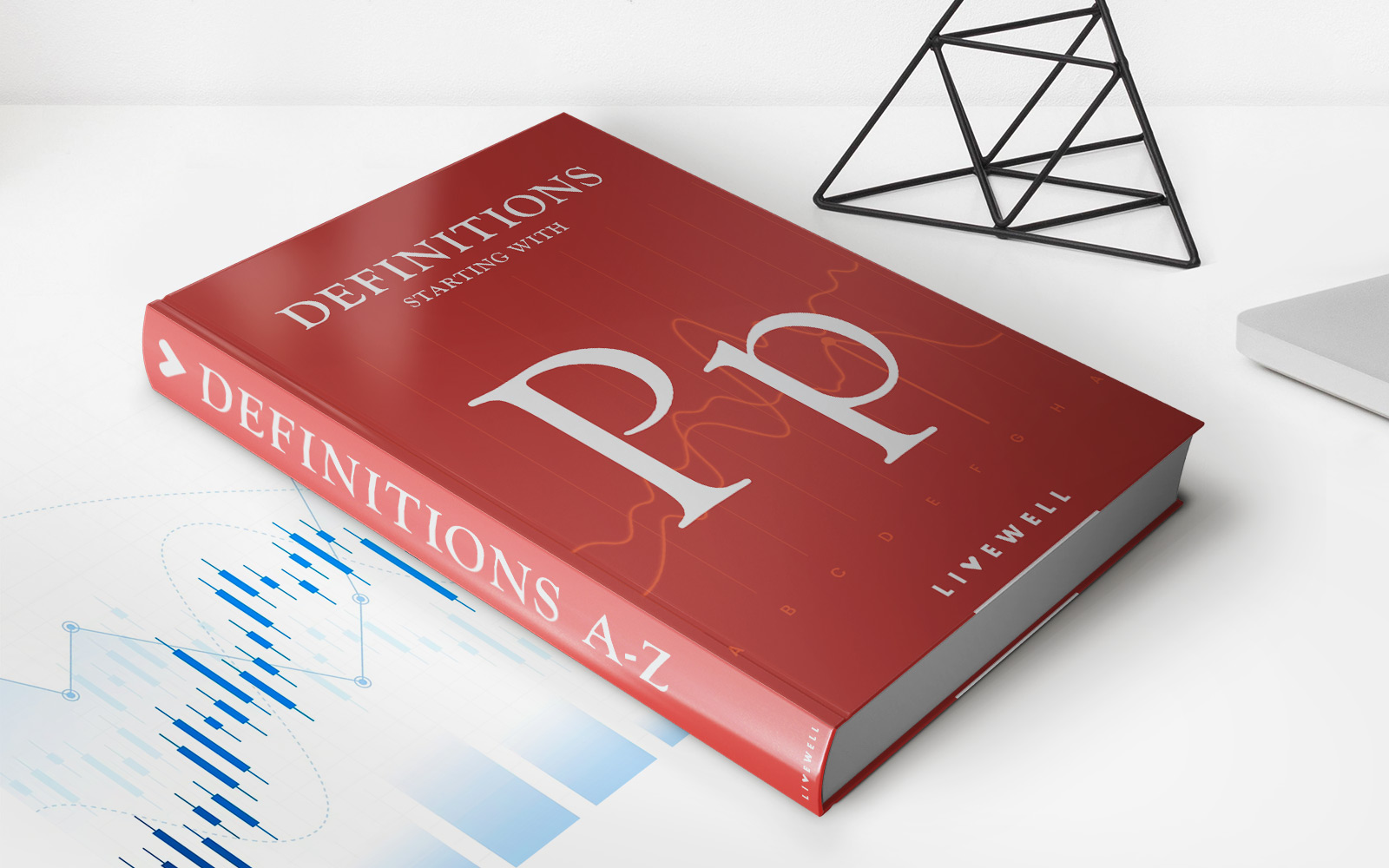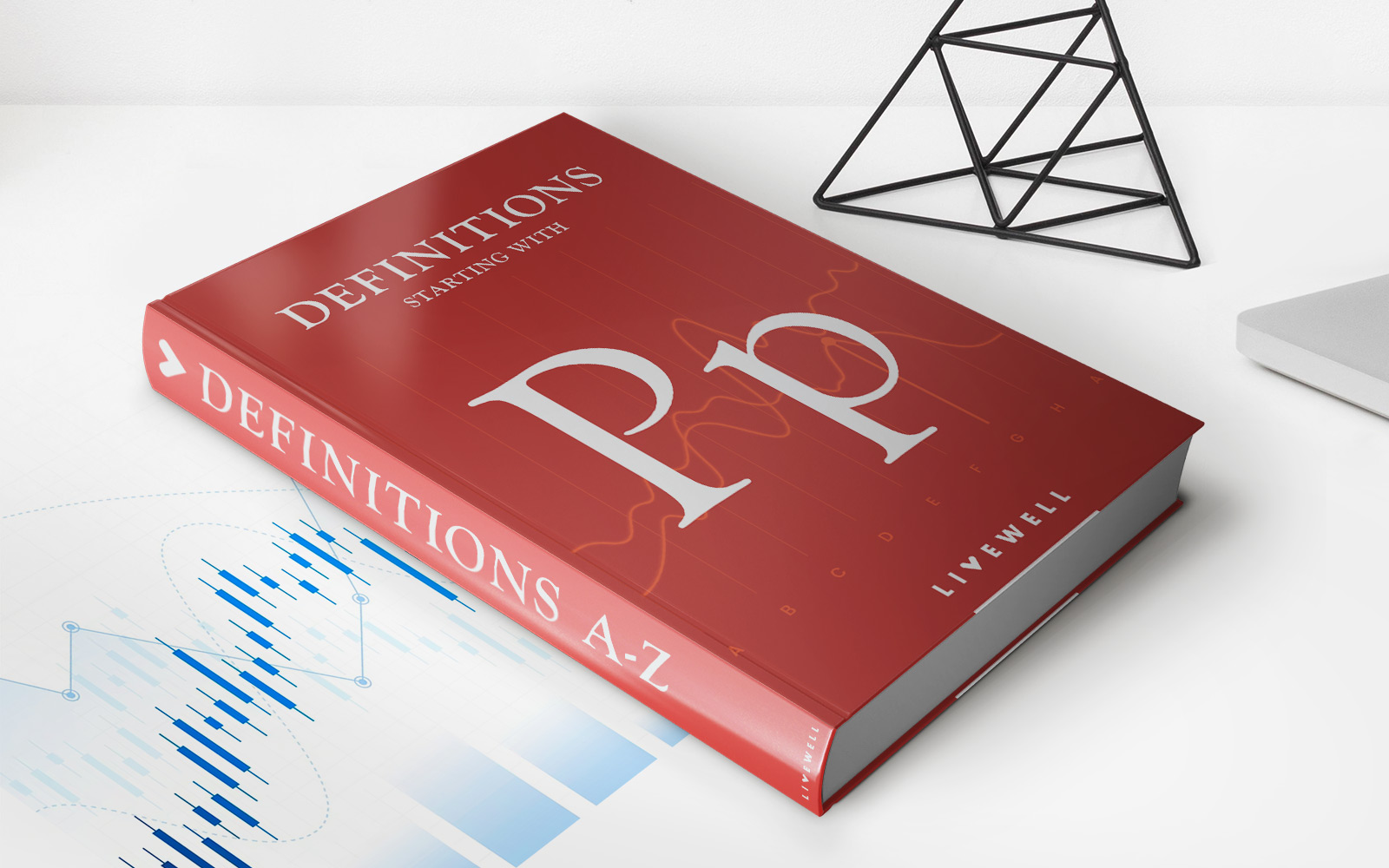Home>Finance>Reflation: Definition As Monetary Policy, Methods, And Example
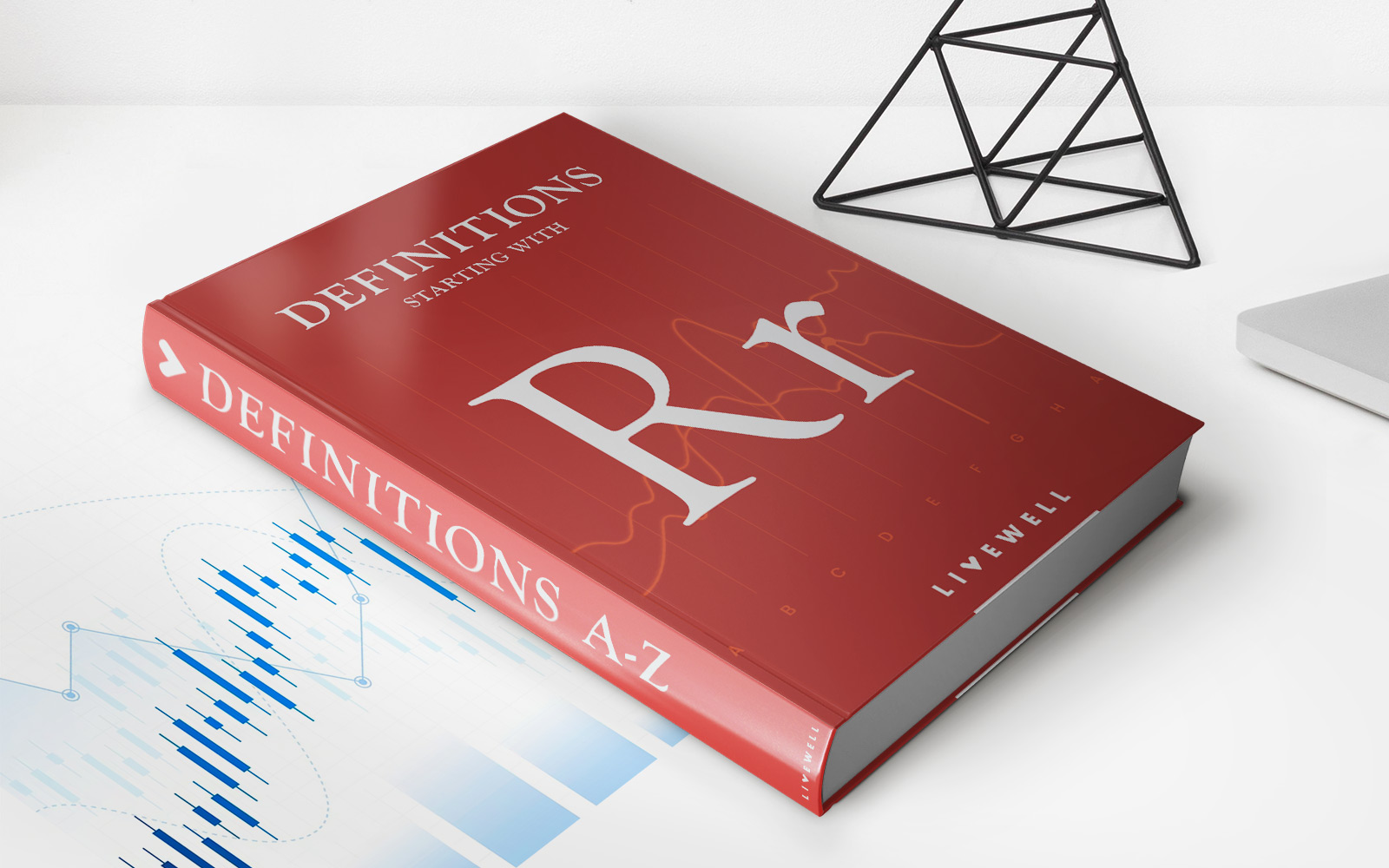

Finance
Reflation: Definition As Monetary Policy, Methods, And Example
Published: January 17, 2024
Learn about reflation in finance and its impact on monetary policy. Discover the definition, methods, and an example of reflation in action.
(Many of the links in this article redirect to a specific reviewed product. Your purchase of these products through affiliate links helps to generate commission for LiveWell, at no extra cost. Learn more)
Reflation: Definition as Monetary Policy, Methods, and Example
Welcome to the Finance category on our blog! In this post, we will be diving into a fascinating topic called reflation. Have you ever wondered what reflation is and how it relates to monetary policy? Well, you’ve come to the right place! In this article, we will explore the definition of reflation, discuss its significance as a monetary policy tool, and provide a real-life example. So, let’s get started!
Key Takeaways:
- Reflation refers to the deliberate increase of money supply and government spending to stimulate economic growth and combat deflation.
- Key methods used in reflationary monetary policy include lowering interest rates, increasing government spending, and implementing quantitative easing.
What is Reflation?
Reflation is a monetary policy approach used by central banks and governments to stimulate economic growth. It involves increasing the money supply and expanding government spending to combat deflationary pressures and boost overall economic activity. This policy is typically employed when an economy experiences prolonged periods of low inflation or deflation, which can be detrimental to consumer spending, business investment, and job creation.
Reflation aims to encourage spending and investment by increasing the availability of money in the economy. Through various methods, policymakers seek to create an environment of sustained growth and stability, with moderate levels of inflation – ideally, around 2% – to foster economic activity.
Methods of Reflationary Monetary Policy
Now that we have a better understanding of what reflation is, let’s explore some of the key methods used in reflationary monetary policy:
- Lowering Interest Rates: Central banks can lower interest rates to encourage borrowing and spending. By reducing the cost of borrowing, individuals and businesses are more incentivized to take out loans and invest in activities that promote economic growth.
- Increasing Government Spending: Governments can stimulate the economy by increasing their spending on infrastructure projects, healthcare, education, and other sectors. This injection of funds creates jobs, boosts consumer demand, and stimulates economic activity across various industries.
- Quantitative Easing: Central banks can implement a policy called quantitative easing (QE), which involves purchasing government bonds and other financial assets to inject money into the economy. By increasing the money supply, central banks aim to stimulate lending and investment, thus promoting overall economic growth.
A Real-Life Example of Reflationary Monetary Policy
An example of reflationary monetary policy can be seen in the response to the global financial crisis of 2008. In the wake of the crisis, central banks around the world, including the U.S. Federal Reserve and the European Central Bank, implemented aggressive reflationary measures to combat the economic downturn. These measures included cutting interest rates to historically low levels, implementing large-scale QE programs, and providing fiscal stimulus through government spending initiatives. These actions aimed to boost economic activity, stabilize financial markets, and prevent a prolonged period of deflation.
Through these reflationary measures, economies gradually recovered, financial markets regained stability, and inflation rates returned to moderate levels. While the effectiveness of reflationary policies can vary in different economic contexts, their implementation has been a key tool utilized by policymakers to stimulate growth and combat deflationary pressures.
Conclusion
Reflation is a monetary policy approach that seeks to stimulate economic growth and combat deflation by increasing the money supply and government spending. By deploying methods such as lowering interest rates, increasing government spending, and implementing quantitative easing, policymakers aim to create an environment for sustained growth and moderate inflation. As demonstrated by the response to the 2008 financial crisis, reflationary measures can play a vital role in stabilizing economies and fostering recovery.
We hope you found this article informative and gained valuable insights into the concept of reflation. If you have any further questions or would like to explore more finance-related topics, feel free to browse through our other articles in the Finance category. Stay tuned for more engaging content on our blog!
